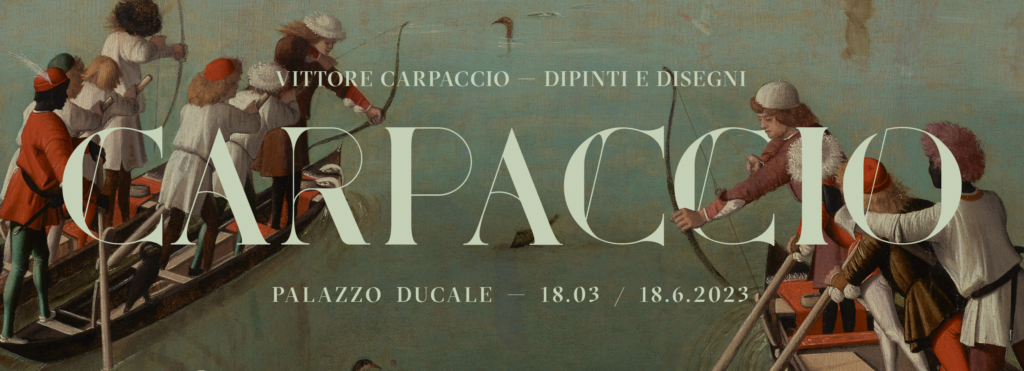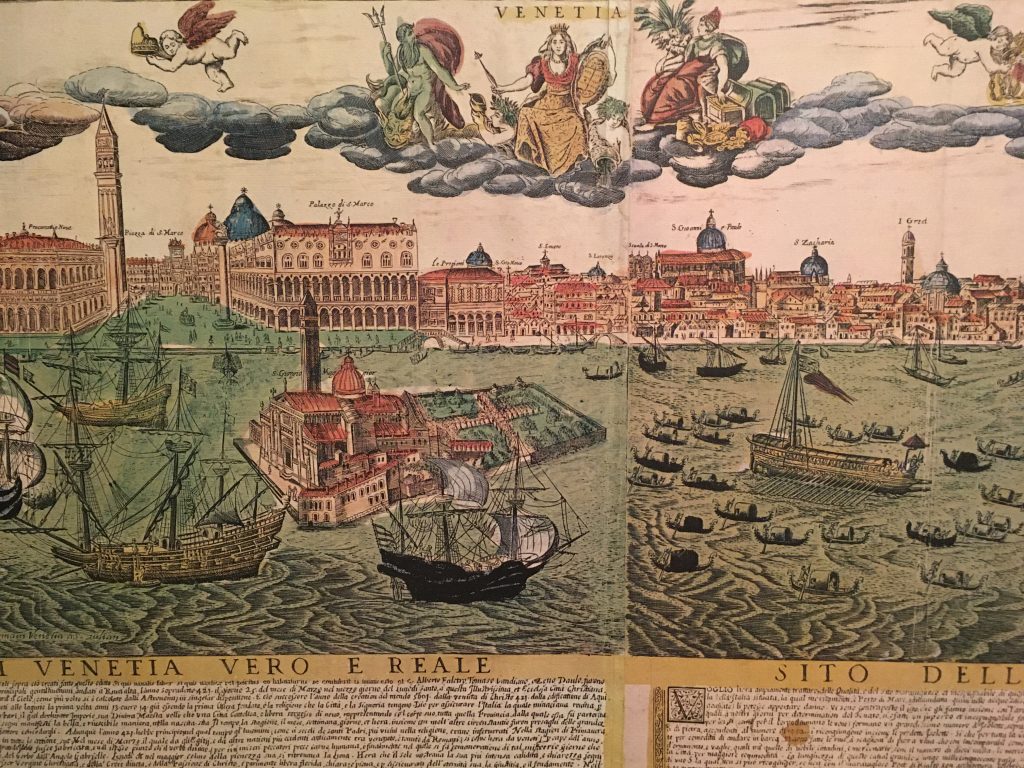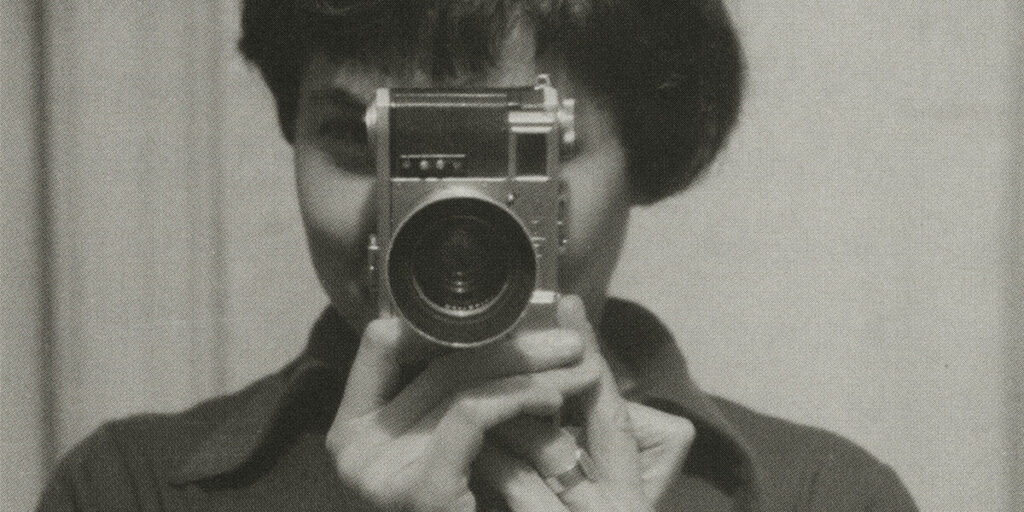Walking through the city streets it’s inevitable to rest our eyes on what is happening around us. A queue of cars waiting for the green light, two kids playing with a ball, a group of young lads toasting in a pub…
Every visible portion it’s full of unique stories that only as spectators we can remotely spy on.
It’s an unusual experience to think that we can live the same situation glancing through the painting coats of an artist whom, maybe among the first, noticed the refined virtue of everyday elevating it into art.
Vittore Carpaccio (Venice, 1465 ca. – 1525/26) or Scarpazo, was son of Pietro, furrier of a family settled down for generations in Venice. Since his childhood, Vittore lived absorbed inside the thriving Serenissima, economic and cultural intersection of the early Renaissance.
Through his brush he photographed moments of life rich of stories carefully arranged in the space of the canvas. The contemplation of his paintings requires the spectator to get lost through the details of the silent tales: boys that tune their musical instruments, ladies sitting on the balconies, tired paddlers and pets curled up waiting.
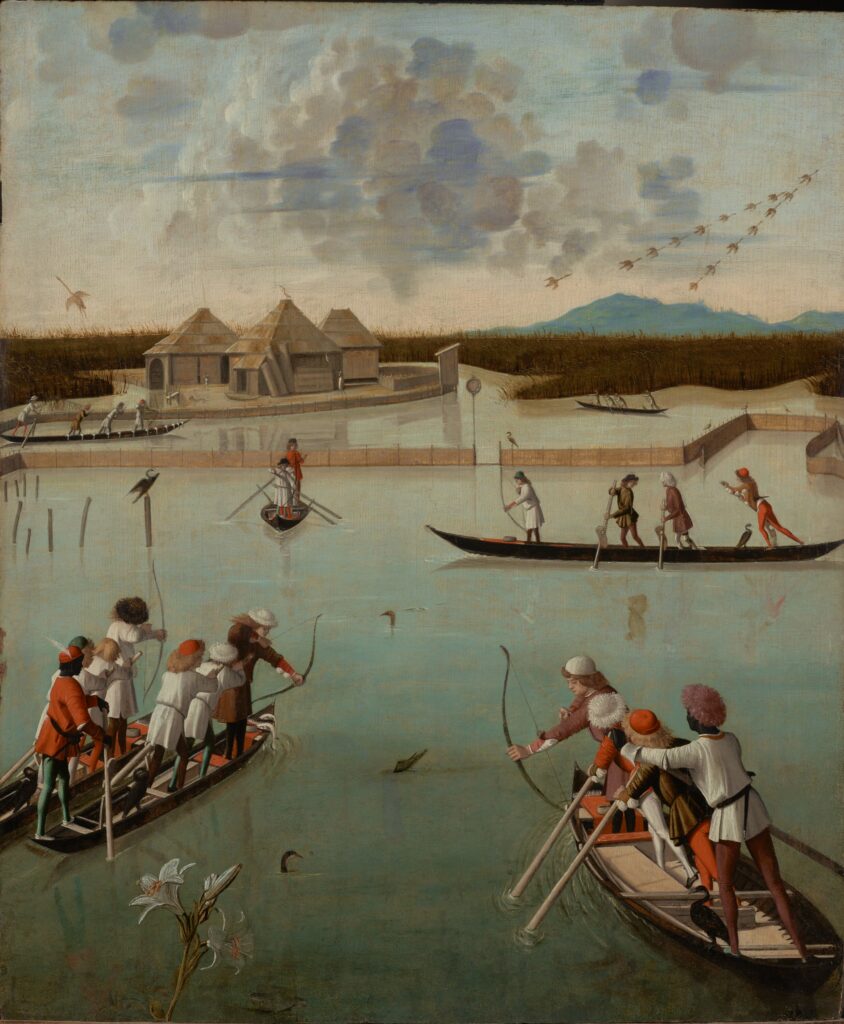
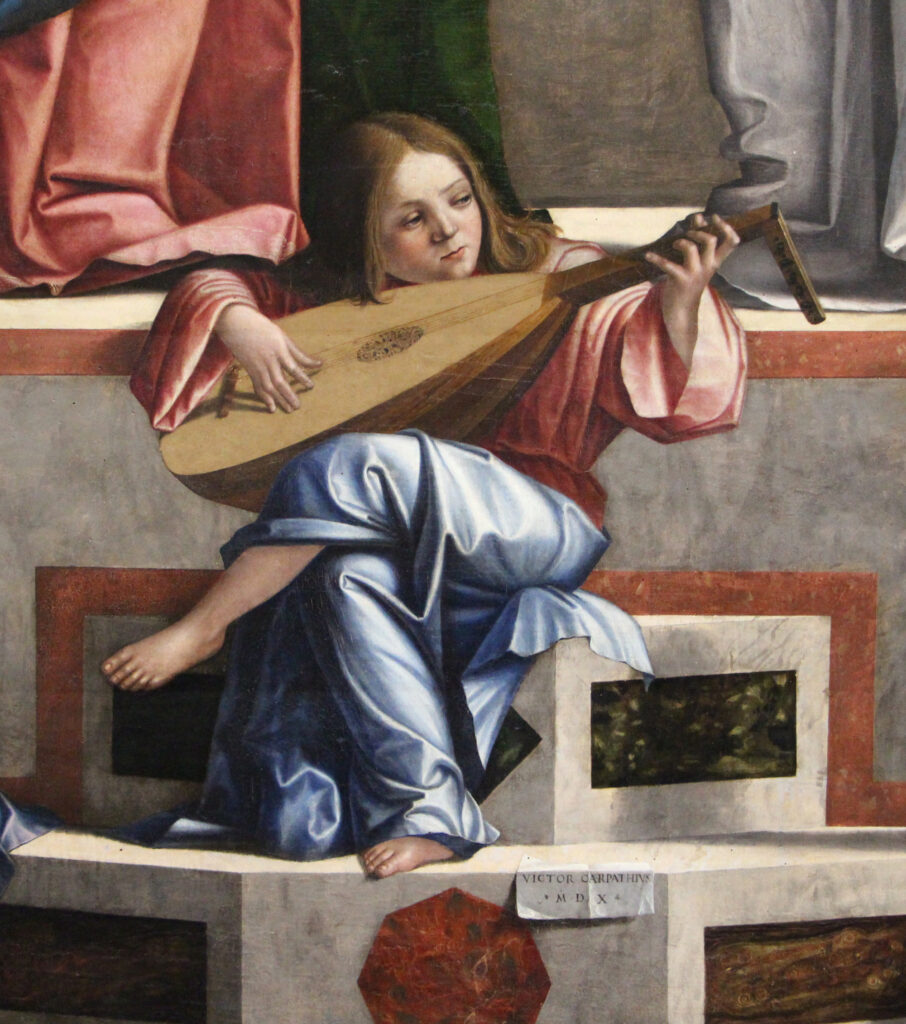
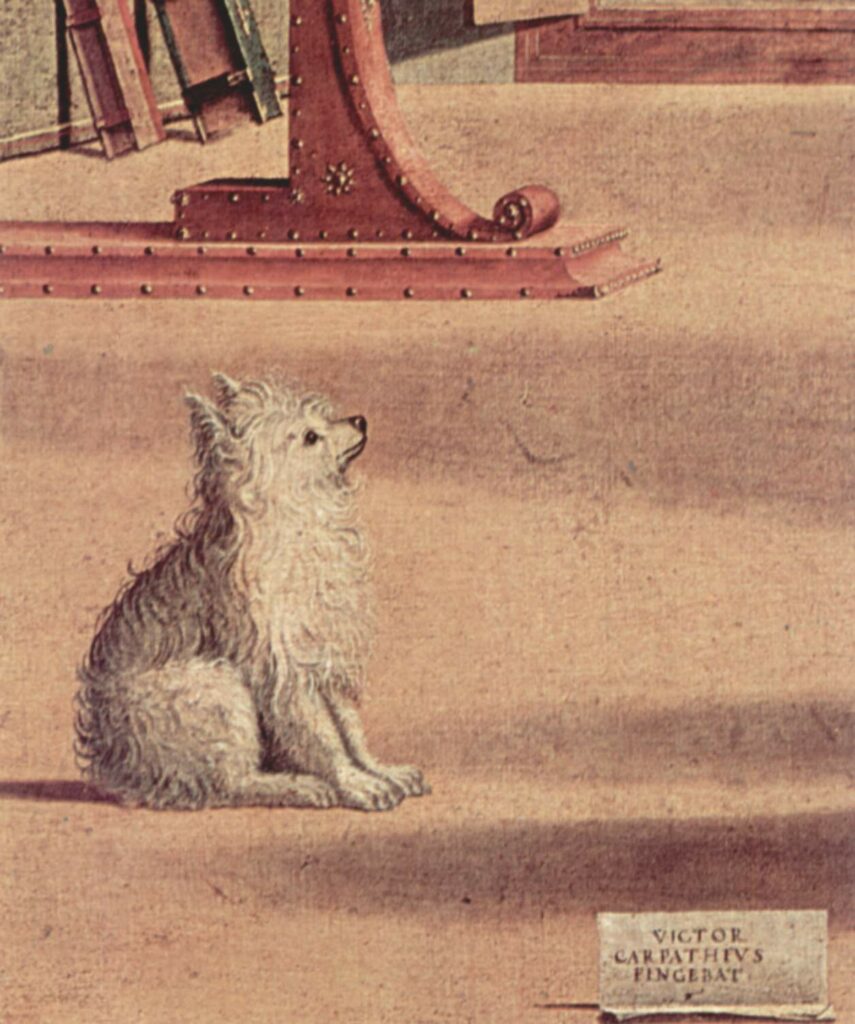
He never subtracted attention to the stages of his pièce. Venice, Rome, Jerusalem, and metaphysical buildings articulate the different settings proposing perspectival visions equal to the most ideal constructions of Urbino.
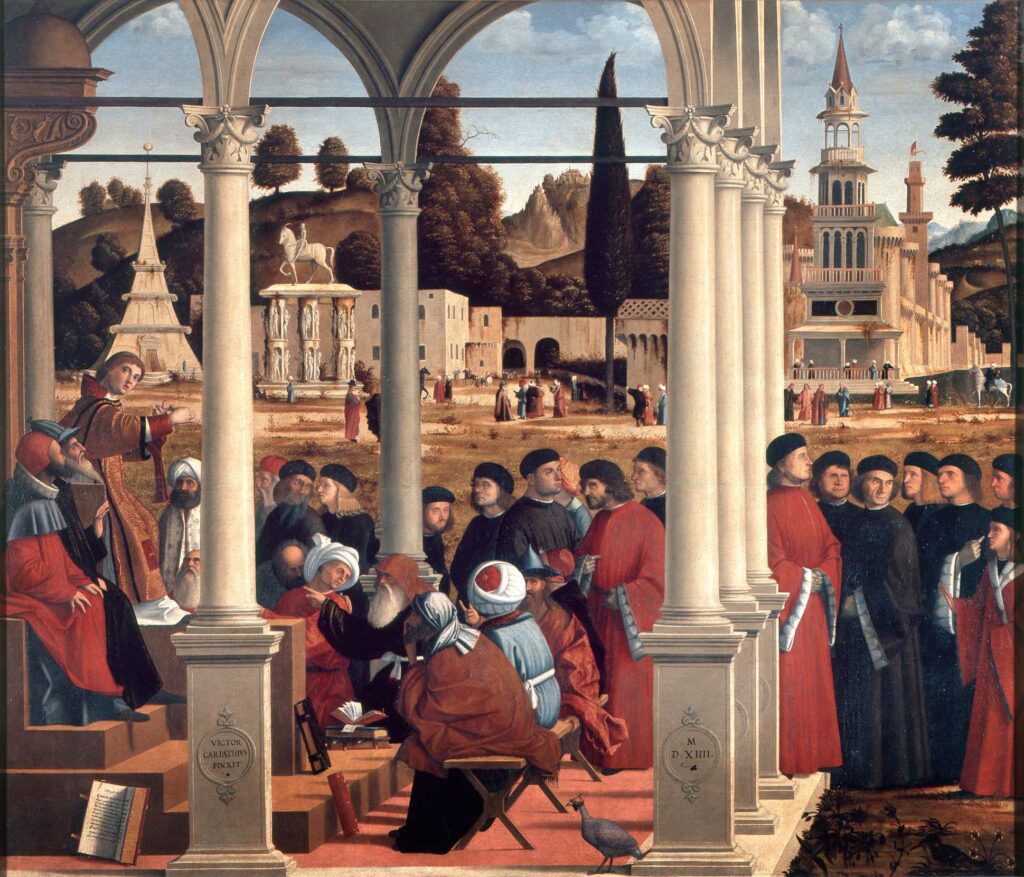
But in Carpaccio the ideal always leaves space to the real, regarding even those scenes which have been always treated with care and attention. The sacred is dressed in clothes typical of the Renaissance fashion, the settings are enriched by precious everyday things, and the places become recognizable because they’re part of the city he used to live in.
How could we identify Mary in that Venetian dame depicted in the act of reading on the balcony of her home?
It couldn’t have been possible without a recent restoration of the canvas which brought back to life an arm and a little foot of a little baby Jesus.
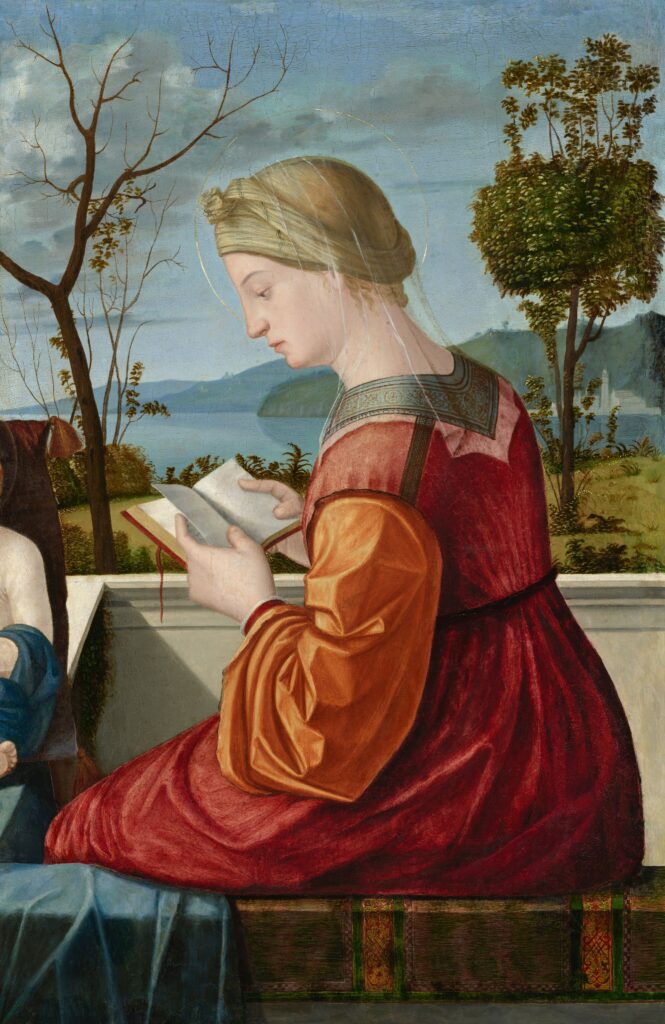
The Carpaccio’s paintings are always presented like this; normal everyday scenes underneath which are hidden the most sacred and mythological stories of the western culture and much more. A fusion possible only thanks to the accurate study of the customs and traditions of his period.
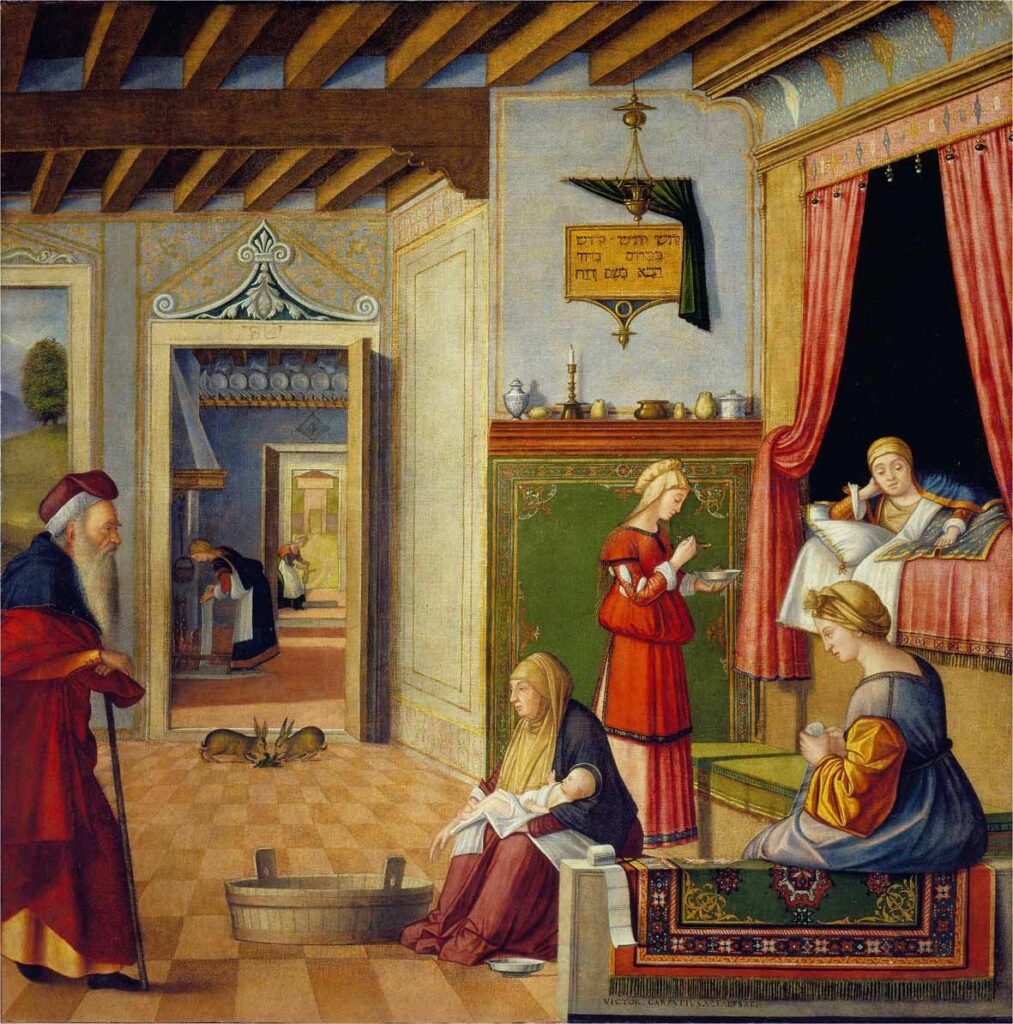
We can discuss for a long time on the artistic influences that inscribe Carpaccio; Giovanni Bellini, Antonello da Messina, Piero della Francesca e Francesco del Cossa are the first we can mention. But to comprehend fully Carpaccio’s peculiar eye it’s more than sufficient to look for the smallest details in the simultaneity of the stories he wanted to tell.
Until June 18th, 2023, at the Palazzo Ducale in Venice there is the monographic exhibition “Vittore Carpaccio. Dipinti e disegni”, a unique opportunity to dive in completely in distant Renaissance stories in the same city so frequently portraited by the painter.
The exhibition, that gathers seventy original pieces, gives the opportunity to the spectator to get lost in the detailed novellas of Carpaccio, finding a familiar dimension not so distant form taking a walk, choosing a nice view, stop and taking a picture to life.
